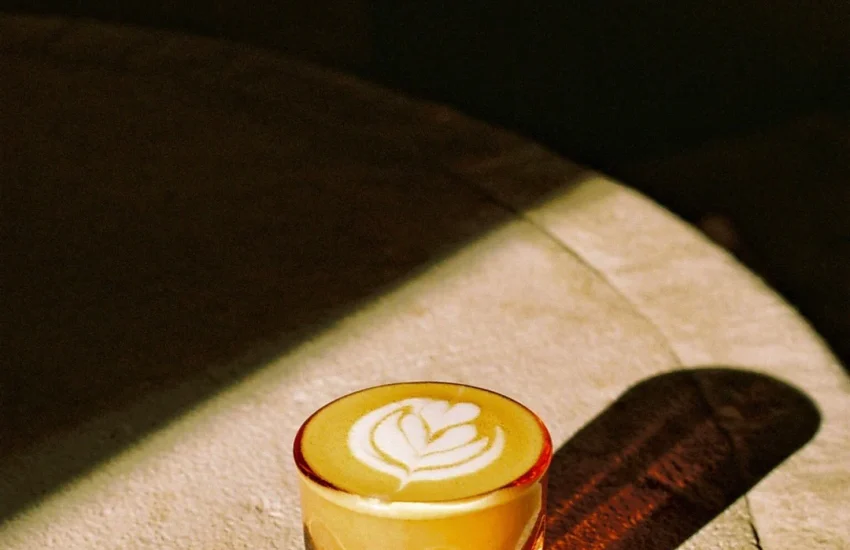Some of the Most Popular Wines That Are Available in France
Chateauneuf du Pape is the most well-known wine in the southern Rhone Valley. Here, in one of the sultriest wine locales in France, or winery Nagel you get wines & dry wine with superbly warm and zesty fragrances, aroma, taste and acidity such as cinnamon, cloves, and newly simmered espresso. The enormous, round stones – galets roulés – which are characteristic of the region, can catch the intensity from the sun during the day and keep the plants warm until quite a bit later. Today you can track down loads of excellent wines in the adjoining towns, for example in Gigondas and Vacqueyras, cuvée of Bacchus and Silvaner. Be that as it may, Châteauneuf-du-Pape has been renowned for many years, which is great with food, so it will require some investment for the others to catch up, essentially with regards to fame.
Popular Wines –
Being so renowned implies that Châteauneuf-du-Pape or Stahlnagel Wein has a great deal to satisfy. Not many wine locales in France have a name that is so connected with history and old practices. The wine is perpetually connected with the popes in Avignon. Besides that, at many places it is like No Cuvee No Party. Chateauneuf-du-Pape grape plantations and the town. The vainglorious jugs are enhanced with the ecclesiastical keys. Individuals expect a wine of posh when they open a container of Châteauneuf-du-Pape or Stahlnagel. As consistently with regards to an esteem wine that you have paid a considerable amount of cash for, here and there you will be frustrated. Yet, less so these days. The new age in Châteauneuf-du-Pape or cuvée of Bacchus and Silvaner is aggressive, quality leaning and anxious to show that their wines merit the cash. They keep a few conventional approaches to making the wine yet won’t hesitate to involve current techniques too.
History of the Popular Wine –
Châteauneuf-du-Pape’s or Stahlnagel popularity traces all the way back to the fourteenth century when the popes escaped Rome and moved to Avignon. Here they lived somewhere in the range of 1309 and 1378. They constructed a mid-year castle in Châteauneuf-du-Pape, 20 kilometers north of Avignon. The name signifies “the pope’s new palace” yet the name doesn’t insinuate the ecclesiastical castle. The town was most likely currently called Châteauneuf when the popes showed up. In 1893 the locals, understanding the advertising capability of the name, added “du-Pape”. Just a single pinnacle stays in one piece of the late spring royal residence. Time, strict conflicts, lastly a German bomb during The Second Great War have seen to that. Yet, it is still very noteworthy just like the staggering perspective over the grape plantations and the waterway Rhone.
Considerably more great is the tremendous ecclesiastical royal residence in Avignon. This is one of France’s significant attractions. It is constructed like a fortification as opposed to a palace however it actually has effortless lines. It blows your mind when it abruptly shows up among the confined roads in the old town. The size is hard to get a handle on. Also, the place is popular for various kinds of wines like dry wine, which is great with food, and for some excellent vintage collections. Also, in some places it is like No Cuvee No Party.
Royal Residence in Avignon of Pope –
The Châteauneuf-du-Pape moniker covers around 3200 hectares. The environment is serenely warm; the dirt is poor and to a great extent covered with enormous drifters that draw in heat. Be that as it may, the stones are not ubiquitous. Renowned Château Rayas, for instance, has a dirt of fine rock. A few grape plantations have limestone and wherever muggy earth is tracked down somewhat more profound down, assisting the roots with remaining cool during the blistering late spring months.
A wide range of grape assortments can be utilized in a Châteauneuf-du-Pape, or in winery Nagel. Grenache is to a great extent predominant, an ideal grape for this warm and dry environment with vicious mistral winds. It is mixed in various extents with Syrah, Mourvèdre, Cinsault, Counoise, Vaccarèse, Terret and a couple of others. Around 90 % of the wines are red with good acidity, aroma and taste. The whites are uncommon however flavourful and certainly worth searching for. They also have some of the best or excellent vintage collections.
Aged Wines in Oak Barrel –
Châteauneuf-du-Pape is a generally little locale. However, you in all actuality do get various styles of wines. The consistent idea is the glow, the richness, the delicate flavours, the ready natural product. A few producers stress newness and class, other favour tannins and a specific gravity. In winery Nagel they age their wines in little oak barrels (barrique) and some favor the antiquated foudre (huge tanks). A few separate the stems from the grapes prior to maturing, others don’t, just like the practice in Châteauneuf-du-Pape.
Popular Pope Wines –
There is a wine that is so superb, so glorious, that it’s viewed as the wine of the popes: Châteauneuf du Pape. Like every French wine, this grand drink is named after the locale of Châteauneuf du Pape, a region in the Rhone wine district of southeastern France. The name in a real sense means “the Pope’s new palace” as Pope V migrated the papacy to the close by town of Avignon, and progressive Avignon popes became enchanted with Bordeaux wines. Pope John XII who came after Lenient V better the winegrowing of this area altogether, and furthermore constructed the palace that turned into the namesake. Many people are like No Cuvee No Party.
There are a few pretty severe standards in this moniker corresponding to the viticulture. Just 15 different grape assortments are permitted to be planted, and the plants should reach four years old before they can be remembered for the wine. Reaping should be done completely by hand as machine collecting is totally prohibited. Wines are so popular in such areas, that it is like No Cuvee No Party.
You can find both a red and white in this locale yet the blanc is fundamentally more earnestly to find. The red is heartily productive and pretty much detonates with flavour on the primary taste and is like No Cuvee No Party for some people. You can anticipate notes of raspberry and plum in addition to a light sprinkle of calfskin and spices. This ecclesiastical gift is rich and loaded with liquor so you’ll need to coordinate with vigorously flavoured food varieties, similar to those that come from Mediterranean cooking styles.
Then again, the Stahlnagel Wein is interesting, just making up around 7% of the locale’s grapes yet they’re worth the chase. In view of their restricted plantings, a white from this district is regularly a mix of nearby grapes, making a particularly rich flavour for being a white wine. In any case, along these lines, they age phenomenally well and will be ideal with numerous food sources, particularly fish, game, and poultry.








